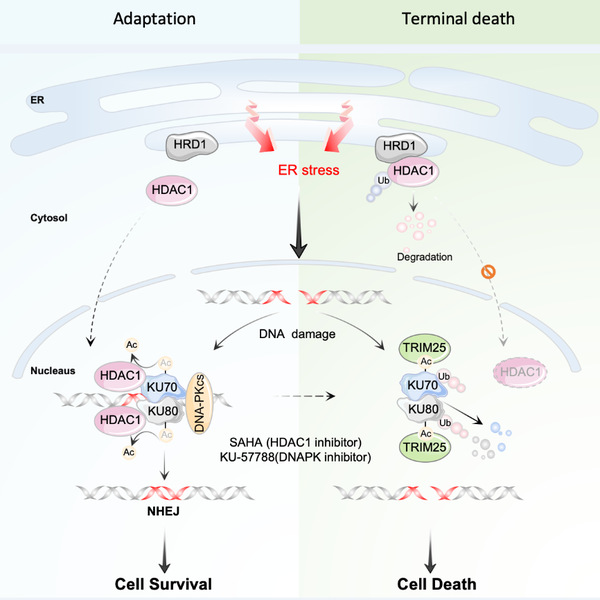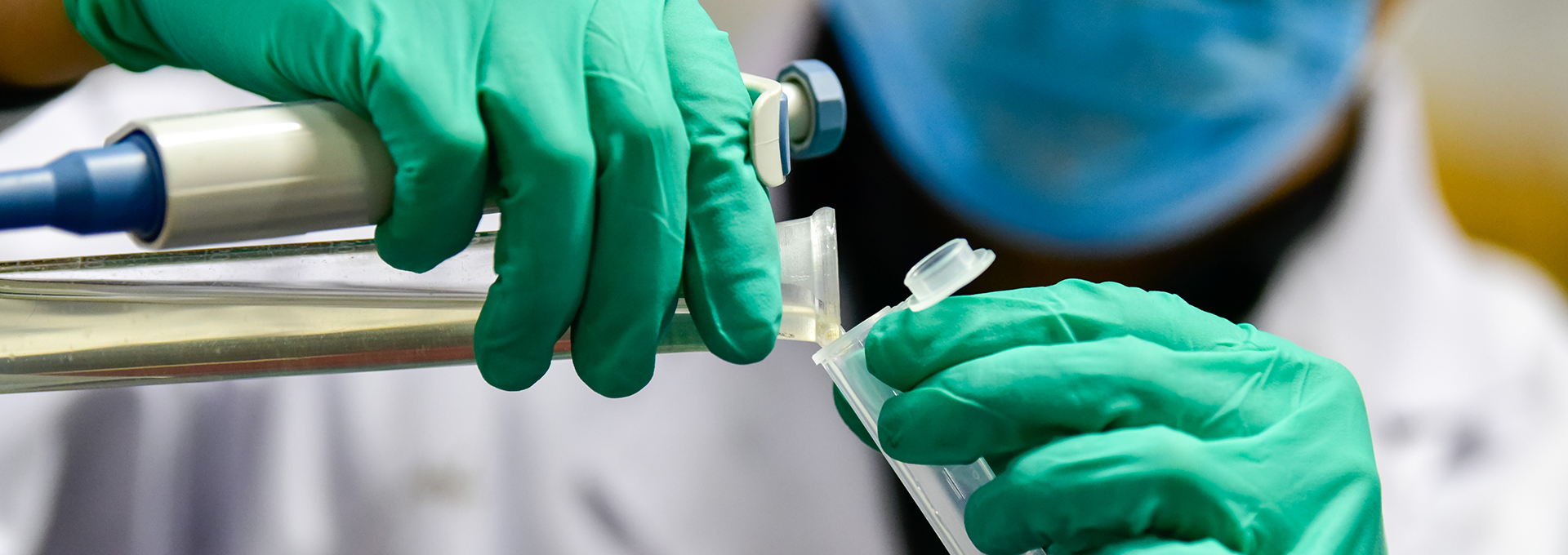The research team led by Professor Ying Hu from the School of Life Sciences and Medicine at Harbin Institute of Technology (HIT) has revealed a groundbreaking crosstalk mechanism between endoplasmic reticulum stress (ER stress) and the DNA damage response (DDR) system. Their findings, published as a research article in the Proceedings of the National Academy of Sciences of the United States of America (PNAS), provide new theoretical insights and a potential combined targeting strategy for cancer therapy.
Genomic instability and proteostasis dysregulation are hallmark features of cancer cells, governed by the DDR and ER stress signaling pathways, respectively, which critically regulate cell fate. These two pathways are often co-activated in various human diseases, including cancer. While prior studies have highlighted intricate crosstalk between the unfolded protein response (UPR, a branch of ER stress) and DDR, the molecular relationship between ER-associated protein degradation (ERAD, another key ER stress pathway) and DDR remained unclear.
Through bioinformatics analysis, Prof. Hu’s team discovered a correlation between ER stress and DNA damage repair pathways. Further experimental results demonstrated that ER stress induces DNA damage in multiple cancer cell types, accompanied by specific activation of the DNA-PK-NHEJ DDR signaling pathway. However, under sustained ER stress, DNA-PK-NHEJ activity was suppressed. Subsequent investigations revealed that this dynamic shift is driven by changes in KU70/KU80 protein levels.
The team further explored the mechanism behind KU70/KU80 degradation under prolonged ER stress and identified the critical roles of ERAD E3 ligases HRD1 and TRIM25. HRD1, an ER-resident ligase, promotes ubiquitination and proteasomal degradation of histone deacetylase HDAC1. This disrupts HDAC1-mediated deacetylation of KU70/KU80, increasing their acetylation levels and enhancing TRIM25’s binding affinity. TRIM25 then catalyzes KU70/KU80 ubiquitination and degradation. Notably, knocking down HDAC1 or combining HDAC/DNA-PK inhibitors with the ER stress inducer Celecoxib significantly suppressed tumor growth in models (as illustrated in the study).
This work elucidates how ER stress transmits signals to the nucleus to modulate DDR, offering critical insights into cancer biology. Both in vitro and in vivo tumor models validated the therapeutic potential of targeting this mechanism. The study opens new avenues for developing combination therapies against cancers characterized by ER stress and genomic instability.
Paper Link:
https://www.pnas.org/doi/10.1073/pnas.2403038121


